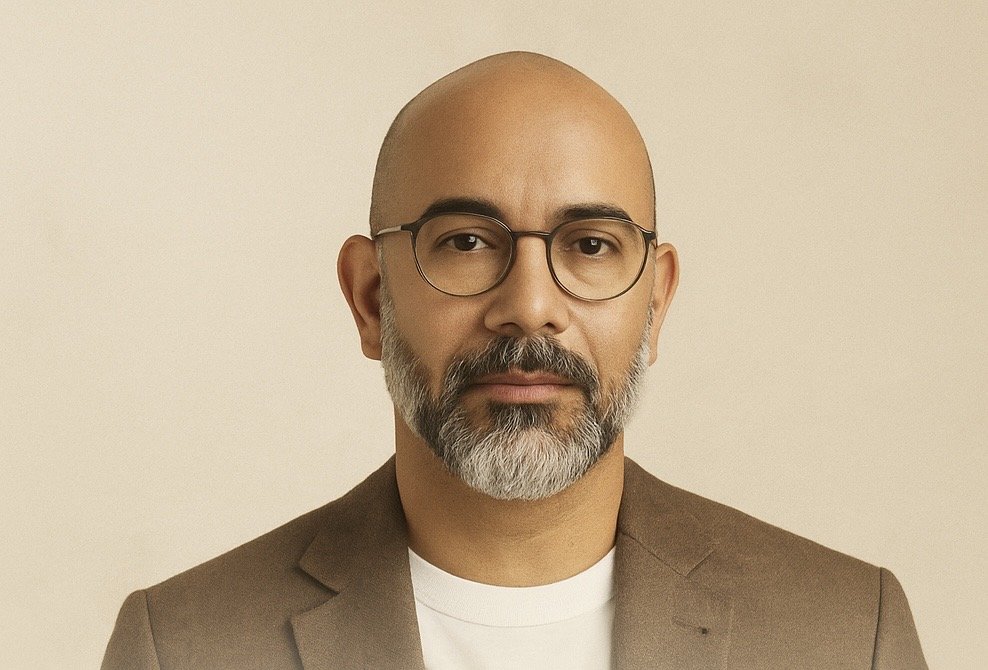Ask Dr. Wil: Real Life. Real Feelings. Real Guidance.
- Dr. Wil Rodriguez

- Oct 27
- 3 min read
By Dr. Wil Rodríguez
Top Team Magazine – Weekly Advice Column

⸻
Dear Top Team community,
Thank you for trusting me with your real moments—messy, meaningful, and deeply human. Conflict doesn’t mean something’s broken; it means something needs attention. Here are three courageous questions that came in this week.
⸻
🛑 QUESTION #1 – Resolving conflict without blame or defensiveness
“Tired of Tension” writes:
“What are effective strategies for resolving conflict without resorting to blame or defensiveness?”
Dear Tired of Tension,
Conflict isn’t the problem—how we handle it is. The key is moving from attack mode to connection mode. Here’s your roadmap:
Name the pattern, not the person. Say “We get stuck in…” instead of “You always…”
Use “impact” language. “When that happens, I feel…” instead of “You made me feel…”
Pause the fire. If emotions spike, take a 20-minute break, then return. Not to avoid, but to reset.
Listen for the emotion beneath the words. Defensiveness fades when people feel heard.
Stay on the topic. Don’t stack grievances; address one moment, not the whole past.
Use agreements, not accusations. “Next time, can we agree to…” invites partnership.
The goal isn’t to win—it’s to understand. Conflict handled well deepens intimacy.
⸻
🌱 QUESTION #2 – Accepting your partner’s differences
“Fixer Fatigue” writes:
“How can I learn to accept my partner’s differences instead of trying to change them?”
Dear Fixer Fatigue,
Love is not a renovation project. The moment we treat a partner like a “before” photo, we stop seeing them as whole.
Try this:
Shift from evaluation to curiosity. Instead of “Why are they like this?” ask “What shaped this part of them?”
Distinguish difference from danger. Is it uncomfortable or truly incompatible?
Ask: “What do I admire about how they do things differently?” You’ll often find hidden strengths.
Make peace with the 80%. Most partners meet 80% of our needs. Chasing 100% can sabotage good enough for “perfect” that doesn’t exist.
Journal what you’re trying to change. Then ask: “If they never changed this, could I still thrive?”
Acceptance isn’t surrender. It’s choosing to love with eyes open, not with a to-do list.
⸻
🛡️ QUESTION #3 – Creating a safe space during conflict
“Walking on Eggshells” writes:
“What can I do to create a safe space for both of us to express our frustrations during conflicts?”
Dear Walking on Eggshells,
Safety in conflict isn’t about avoiding hard truths—it’s about how we hold them. Here’s how to build that emotional container:
Set the stage. Choose a calm time, agree to talk, and name the intention: “I want us both to feel heard.”
Use the “I need space to say, and space to hear” rule. Speak, then fully listen.
Have ground rules. No interruptions, no insults, take turns, and use a timer if needed.
Check in with your nervous systems. Are you regulated? If not, pause. Dysregulation ≠ communication.
Reflect back what you hear. “So you’re saying…” builds trust.
Close with care. End with affirmation: “I know this was hard. Thank you for staying in it with me.”
Safety isn’t silence—it’s the freedom to speak without fear and the trust that you’re still on the same team.
⸻
💬 Column Closing
Dear Top Team readers,
Conflict doesn’t destroy relationships—avoidance, blame, and fear do. When we turn conflict into a practice of mutual care, it becomes a doorway, not a dead end. May these strategies turn tension into truth, and truth into tenderness.
📩 Got a question of your own for Dr. Wil?
Send it to: advice@topteammagazine.com
Subject line: “Ask Dr. Wil”
Your question might be the mirror someone else needs to see themselves clearly.







Comments